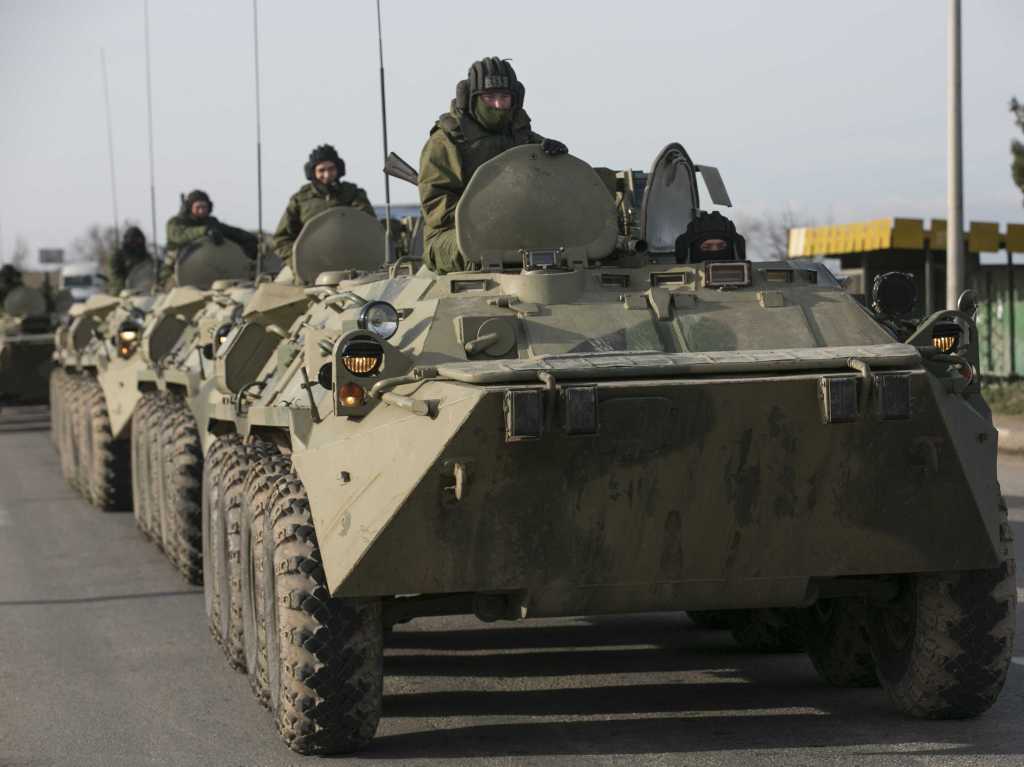(This is the second article in the series devoted to the Donbas conflict and the Minsk agreements. Please read also Part 1. Article on the Minsk agreements here)
The situation in Donbas hasn’t improved since we published our latest article in March 2020, on the other hand the prospects for the peaceful settlement of the conflict are even worse after the latest escalation and numerous breaches of ceasefire in the region. After the new Ukrainian president Mr. Volodymyr Zelensky realized that the conditions of the MA (Minsk agreements) are very unfavourable to Kiev and practically could not be implemented by Ukraine, he tried to persuade Vladimir Putin in Paris (during Normandy format talks in the late November 2019), that the external conditions had changed and it is time to make some compromise on MA. But he didn’t succeed as Russia did not consider itself as a party to the conflict and any redefining of the already signed document was not on the agenda.
During the pandemic 2020 year the situation on the implementation of MA hasn’t progressed and the Donbas issue has been practically overshadowed by new challenges the coronavirus pandemic has brought into the global world. Then the Azeri-Armenian war conflict happened and it took the primary focus of the global players. The next Normandy Summit on Donbas, which was scheduled for April 2020, has been postponed until after the coronavirus crisis ends.
Against the background of the worsening relations between Russia and the EU, the prospects on the progress on Donbass issue seem to be bleak. Russia according to its foreign minister has lost all ties with the EU and prefers to hold bilateral meetings with some of the leaders of the European countries, like with Merkel or Macron.
The latest news have brought even more controversy into the region. According to the Ukrainian Commander-in-Chief Ruslan Khomchak, “the Russian Federation continues its aggressive policy towards Ukraine. An additional concentration of up to 25 tactical groups is expected, which, together with the already deployed forces near the state border of Ukraine, poses a threat to the military security of the state.” Russia is carrying out a large scale military training near the Ukrainian borders close to Donbas. The US army and NATO are carefully monitoring the situation, but the situation is quite unclear. Ukrainian forces and pro-Russian separatists accuse each other of violating the ceasefire, and according to some lawmakers 26 Ukrainian soldiers have been killed so far this year, including four people killed by snipers in March, 2021.
While the situation in the region may seem to some observers to be a prelude to the resumption of large-scale hostilities, Russia is clearly not interested in escalating the conflict, which could lead to a new round of sanctions against Moscow, as well as to the refusal by its western partners to participate in the Nordstream 2 project. At the same time, western media have practically ignored the recent redislocation of the Ukrainian troops along the demarcation line between the belligerents. At the same time, the new US president Biden has assured his Ukrainian counterpart Zelensky on Friday that USA will further support Ukraine on the Donbas issue which gives the Ukrainian president more confidence in his anti-Moscow rhetoric.
Russia calls the parties involved (Russia does not consider itself as the conflicting party) to fulfill the obligations stipulated by MA step by step in order to settle the conflict and acusses Kiev of constantly breaching the agreements. Moscow insists that Ukraine should negotiate directly with the unrecognised Donbass republics, which is something that Kiev resolutely opposes, since it is aware that that would mean the de facto recognition of those entities. Against the background of the latest development in Donbas, the prospects of the implementation of Minsk agreements (MA) are not bright. Mutual accusation on the breaching of ceasefire, new war casualties on both sides and the information escalation have cast a doubt on the implementation of the MA in its current edition. But as we mentioned in the previous analysis, the current texting of Minsk agreements is unfavourable to Ukraine and the signing of MA by Mr. Poroshenko was practically a diplomatic victory of the Kremlin, therefore Moscow has no direct interest to change the content of MA. It seems to us, that Ukraine would like to use the change of external conditions especially after Biden’s administration came into office in order to achieve some tangible results.
Today, on April 6, Ukraine refused to further personally participate in the peace negotiations that may take place in Minsk. The latter in Kiev’s opinion is under the influence of Moscow. This only confirms the hypothesis that the Minsk agreements will not be implemented in the foreseeable future. The further development of the situation in Donbass will largely depend on the readiness of Moscow and Washington to bring the conflicting parties (Kiev and the two unrecognized republics of Donbas) back to the negotiating table.


Leave a comment